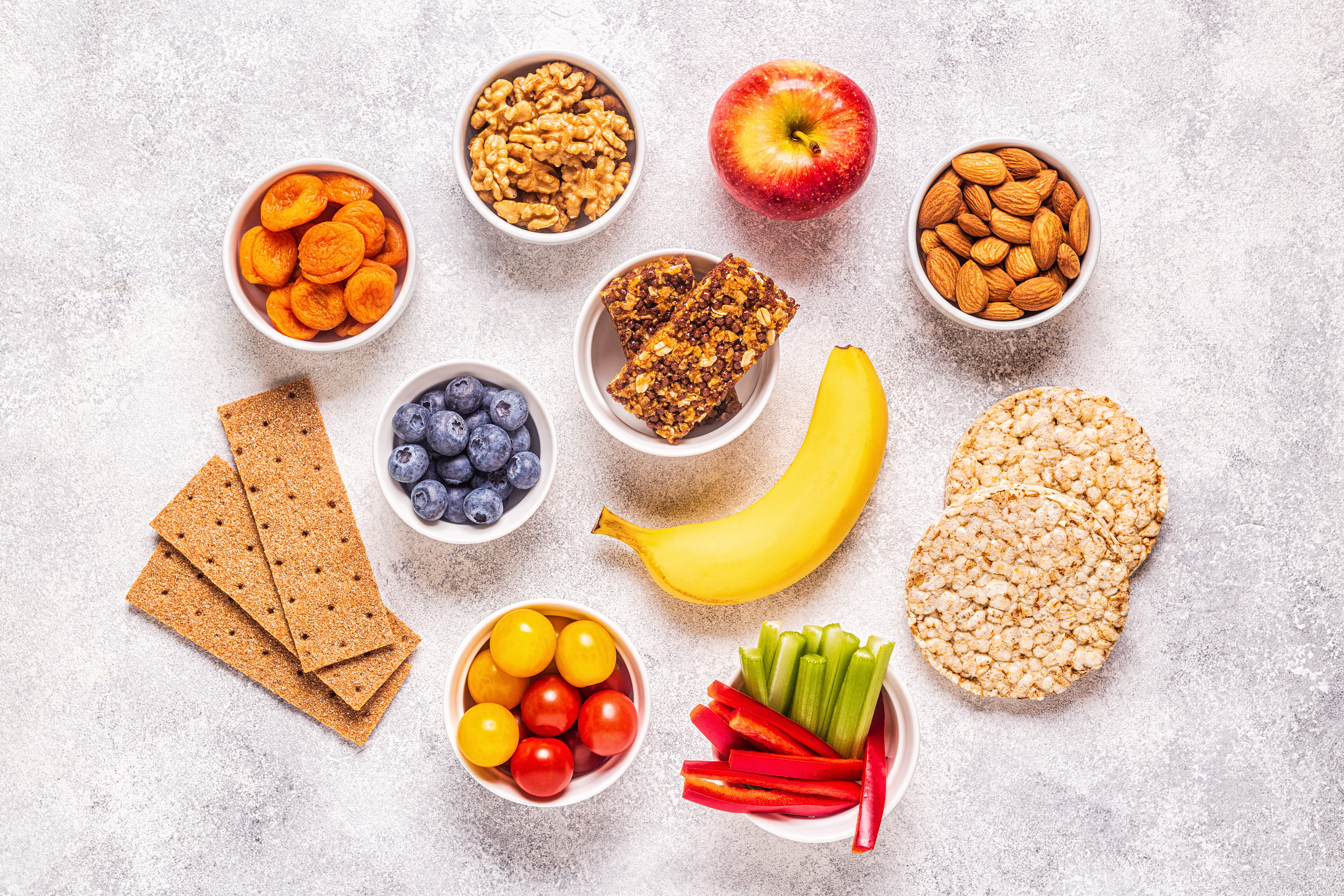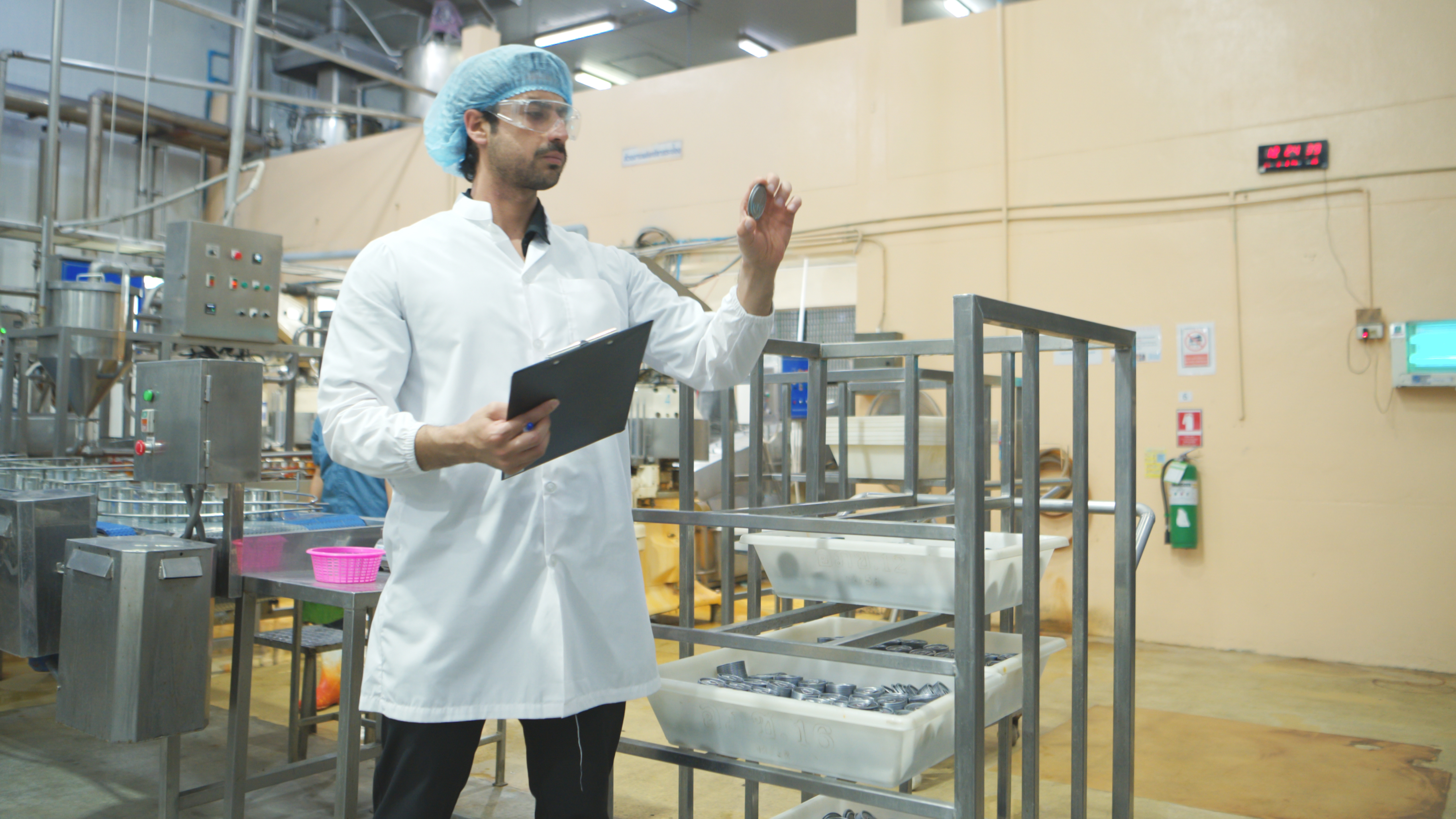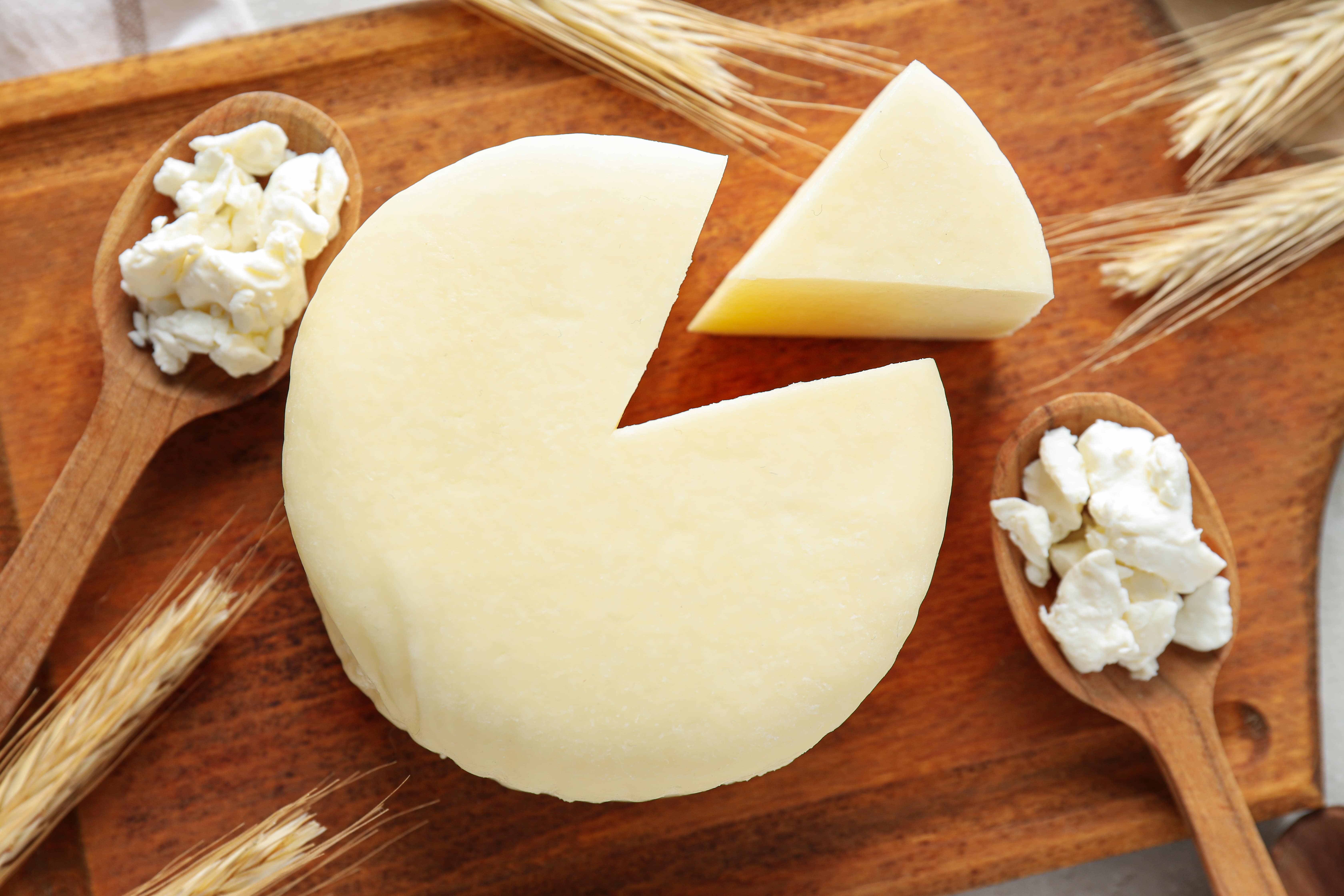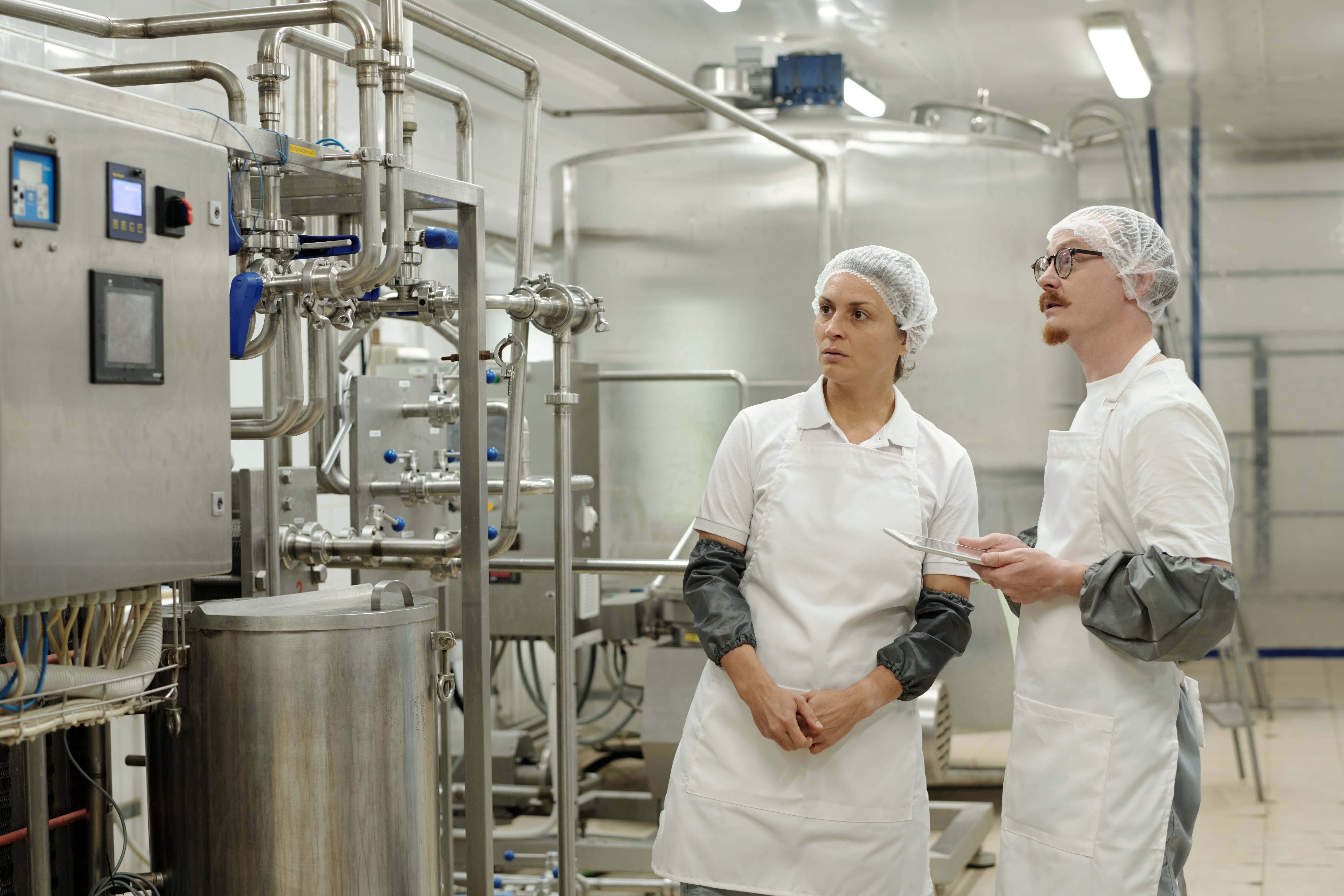Last Updated on June 12, 2025 by Admin
Table of Contents
- Cold Holding Temperature
- The Food Temperature Danger Zone
- Importance of Cold Holding in Food Safety
- Refrigerator Temperature Charts
- Guidelines on Food Storage within Refrigeration
- Equipment and Methods for Holding Food at Low Temperature
- Legal Standards and Compliance
- Conclusion
A correct cold holding temperature aids in the prevention of the growth of dangerous microorganisms and helps keep food free from hazards. Commercial kitchens, as well as catering services, and even home kitchens need to follow proper cold storage protocols to reduce foodborne illnesses. In this handout, we will explain cold holding temperature, the food temperature danger zone, and provide handy resources like fridge temperature logs and food storage temperature guides.
Cold Holding Temperature
Cold holding temperature is defined as the highest temperature at which cold foods must be stored to prevent bacterial contamination. The USDA and FDA regulate this with a maximum cold holding temperature of 40°F (4°C). Foods kept above this temperature risk entering the food temperature danger zone. This is a zone where Salmonella, E. coli, and Listeria will multiply at peak rates.
The Food Temperature Danger Zone
The food temperature danger zone is defined as the range in which food temperatures may rise to within 40°F to 140°F (4°C to 60°C). Any range is a disadvantageous bacterial growth rate, which can also increase exponentially from the previous rate. This is the reason why hot and cold holding practices need to be executed together.
Foods need to be preserved below 40 degrees Fahrenheit to ensure safety. Perishable food should not remain in the danger zone for more than 2 hours and should be disposed of after the time to prevent food spoilage, especially when involving dairy, seafood, and meat products, rinsing them through safe temperature exceeding cold water is allowed.
Importance of Cold Holding in Food Safety
Cold holding is critically required for:
- Bacterial Growth Prevention: Bacteria amplify more slowly in cold conditions.
- Nutritional Value Sustaining Preservation: Storage damaged food quality and eliminates vitamins.
- Regulatory Compliance Assurance: Very crucial in the case of food businesses, and meeting safety codes.
- Shelf Life Extension: Time-dependent proper maintenance reduces spoilage.
Foodservice professionals are bound by law to maintain their operations within the frameworks of the legal boundaries set by the government.
Refrigerator Temperature Charts
Refrigerator temperature charts offer a clear visual representation of proper food storage conditions. They also show the temperature of various parts of the refrigerator:
| Fridge Section | Ideal Temperature |
| Upper Shelves | 35-38°F (1.6-3.3°C) |
| Lower Shelves | 34-36°F (1.1-2.2°C) |
| Meat Drawer | 32-36°F (0-2.2°C) |
| Door Compartments | 38-40°F (3.3-4.4°C) |
| Freezer | 0°F (-18°C) |
Tips:
- Use appliance thermometers to check the temperature of the fridge and freezer.
- Avoid overloading to ensure proper air circulation.
- Store highly perishable items such as raw meat in the coldest section.
Read Also: From Farm to Fork: Ensuring Safe Food Storage and Transportation
Guidelines on Food Storage within Refrigeration
Food temperature storage guidelines determine the refrigeration period of certain foods. General recommendations are given below:
| Food Item | Safe Refrigerator Time | Temperature |
| Raw Ground Meat | 1-2 days | ≤40°F (4°C) |
| Cooked Meat/Poultry | 3-4 days | ≤40°F (4°C) |
| Eggs | 3-5 weeks | ≤40°F (4°C) |
| Milk | 1 week | ≤40°F (4°C) |
| Fresh Fish | 1-2 days | ≤40°F (4°C) |
| Leftovers | 3-4 days | ≤40°F (4°C) |
These charts are especially important for inventory control and minimising waste in restaurants and food manufacturing plants.
Equipment and Methods for Holding Food at Low Temperature
For the maintenance of food at cold holding temperatures, the following equipment should be considered:
- Refrigerators and Walk-in Coolers: Set and checked on a regular basis, and operated at or below 40°F.
- Cold Display Units: Used in buffets and deli food display areas.
- Coolers with Ice Packs: Used for off-site or short-term storage.
- Thermometers and data loggers: For accurate temperature measuring and record keeping.
Best Practices:
- Use labels indicating the time and date of food placement in storage.
- Monitor and record temperatures in pre-determined intervals.
- Do not open the doors frequently to keep temperatures constant.
Legal Standards and Compliance
The U.S. FDA, together with the USDA and local health agencies, monitors the cold storage of food products.
- FDA Food Code: Specifies that food cold holding must be at or below 41°F in food establishments.
- HACCP (Hazard Analysis Critical Control Point): Requires identifying landmark places of temperature control as critical for risk mitigation.
Failure to comply can result in infractions, fines, or even the shutdown of the business that fosters food. Thus, training and the appropriate protocols must be established for cold storage.
Common Mistakes and How to Avoid Them
- Using Faulty Thermometers: Always employ the use of accurate and calibrated thermometers- this way, faulty thermometers will not be a concern.
- Overpacking Refrigerators: Cramming too many items into a refrigerator slows down cooling and limits airflow.
- Improper Storage of Meals Served Hot: Hot food should never be placed into the fridge as it raises the internal temperature.
- Neglecting Routine Maintenance: Servicing refrigerators on a regular basis keeps them operating effectively.
Educating Staff and the Public
Awareness and training are crucial. Food handlers should be trained on:
- Dangers of the food temperature danger zone
- Reading and interpreting fridge temperature charts
- Using food storage temperature charts for inventory rotation
Public awareness also helps consumers make better choices at home, reducing the risk of foodborne illness.
Conclusion
The maximum cold holding temperature should always be understood for the sake of food safety. In ensuring cold foods are kept at or below 40°F (4°C), the food temperature danger zone is avoided, while the use of fridge temperature charts and food storage temperature charts aids in the prevention of food illness. This reduces the risk of illness for both households and businesses.
Preserving food quality should be a priority for both households and businesses. Therefore, these principles should be implemented when stocking a home fridge or managing a restaurant. Smart storage leads to safe food, so make temperature tracking daily and easy. Enhance your skills with FICSI’s specialised Cold Storage Technician course, available online. Enrol now at: https://elearning.ficsi.in/courses/Cold-Storage-Technician-624bc4f10cf2a19713f48676. These credentials ensure compliance, efficiency, and industry readiness.













